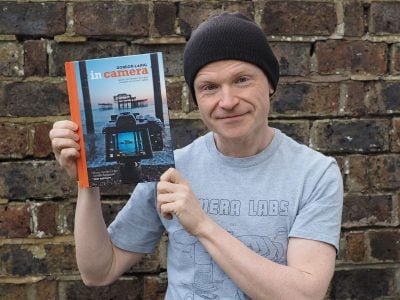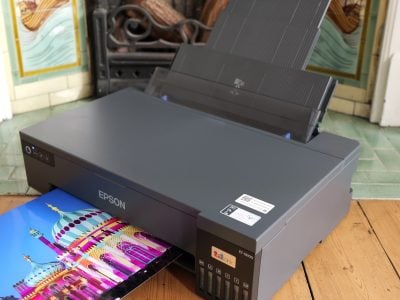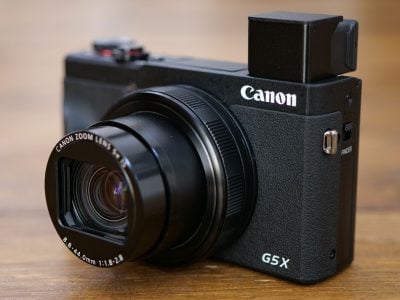Fujifilm FinePix F30
-
-
Written by Gordon Laing
Fujifilm FinePix F30 verdict
The Fujifilm FinePix F30 may have been available since early 2006, but still easily competes with the very latest compact digital cameras. It’s tough, handles well, offers a fair degree of creative control, delivers decent all-round image quality and performs impeccably under low light.
The low light capabilities are what the F30’s all about, and its options certainly let you shoot under conditions which are normally out the reach of most compacts. Detail on the headline-grabbing 3200 ISO mode may be compromised for all but emergencies, but the 1600 ISO mode is surprisingly usable. Sure, you should still avoid close examination or large prints, but it’s amazing how good it can look printed at 5x7in. Drop down further to 800 ISO and you can get some really quite respectable results, and while this may be four times lower than the F30’s maximum sensitivity, it’s still operating at a point where most compacts deliver horrible images. At 100 to 400 ISO, the quality is very good.
 |
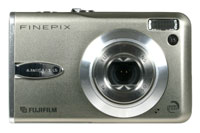 |
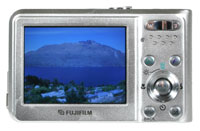 |
Decent high sensitivity performance allows you to seriously consider shooting indoors without a flash which in turn can deliver natural-looking results, or allow you to photograph with greater discretion, such as in a church or museum. That said, the F30’s flash is one of its other highlights, again delivering natural-looking results which rarely suffer from a washed-out effect, even when high sensitivities are selected to record background detail.
It’s easy to become so focused on the F30’s low light performance that you forget it’s also a very good compact under other conditions. It can deliver great-looking pictures outdoors at lower sensitivities and there’s a reasonable degree of manual control if you’d like to intervene.
The 6.3 Megapixel resolution may sound low compared to the current crop of 10 Megapixel models, but the actual difference in detail recorded is smaller than you’d think, as illustrated in our Outdoor results pages. There’s certainly enough detail recorded for the vast majority of people and F30’s battery life is also excellent.
So is there anything wrong with the F30? Well, while there is fine control over the aperture, we’d have preferred separate positions on the dial for Aperture and Shutter Priority modes, and we’d also like to have had access to the full range of shutter speeds in both modes. In certain compositions the screen also gave the impression there’d be some clipping in highlight areas when they were in fact actually fine – a live histogram could provide some reassurance here. The body itself may also be too thick for people who want a really slim compact.
Then there’s the recent F31fd model. Should you bother with the F30 now there’s a new version with face detection? Well the face detection is certainly neat and worth having if you mostly take photos of people and just like pointing and shooting, but if you’re happy locking the focus on tricky group shots by half-pressing the shutter and recomposing, then the F30 will be more than adequate.
 |
So while the F30 may not be the slimmest or sexiest compact, nor offer anything as glamorous as a touch-sensitive or flip-out screen, it does deliver great-looking photos under the kind of conditions most rivals would struggle. Its low light capabilities still lead the market whether you’re shooting with or without the flash, and there’s sufficient quality and creative control to keep most enthusiasts happy. We can confidently recommend it to anyone.
For the F30’s highlights, see our video tour and please visit our Compact digital camera Buyer’s Guide for an update of the best buys in this category.
| |||||||||||||||||

